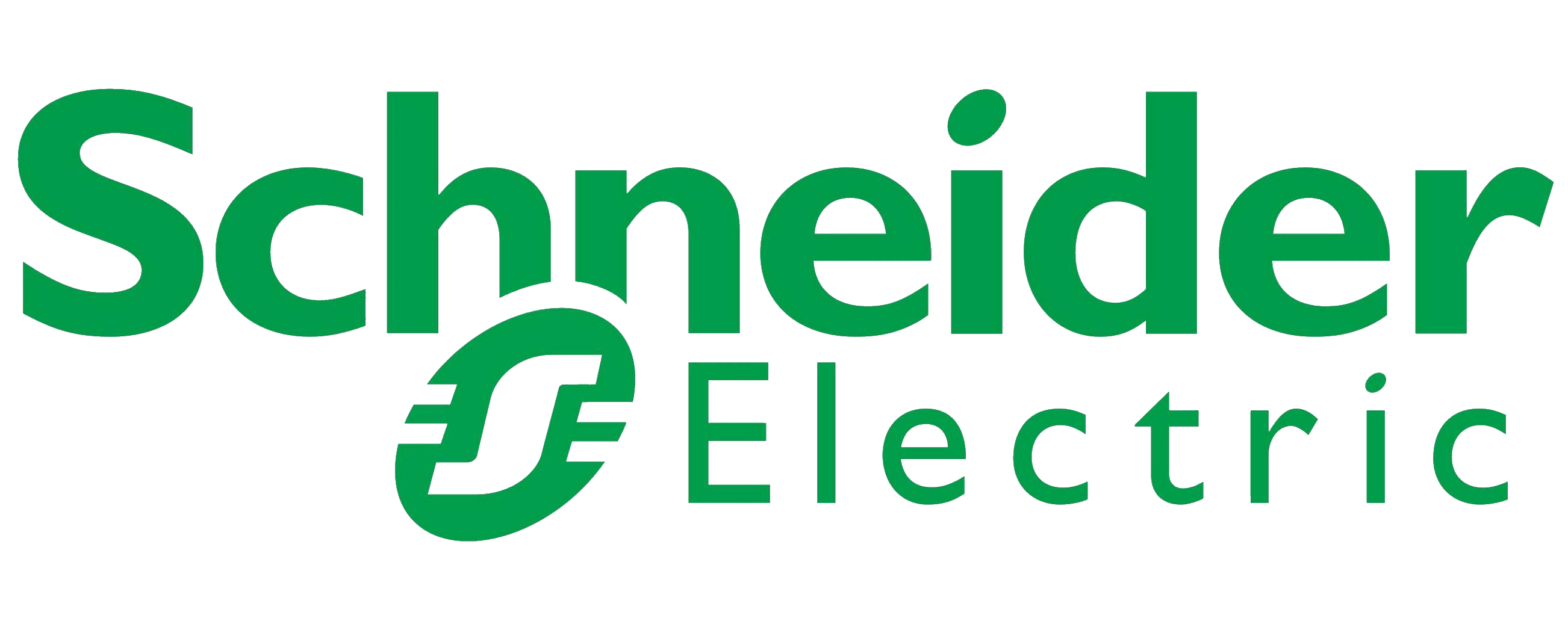With the imminent introduction of the 17th Edition of the IET Wiring Regulations, more emphasis than ever will be placed on residual current protection. This is Schneider Electric's brief take on the subject, concentrating on a special form of RCD:

Some applications are, however, a little more unusual and for these more specialised types of RCD are now available. For example, 'RED' RCDs from Merlin Gerin, a brand of Schneider Electric, are available in versions that, after a fault, wait for a short period, then reset automatically.
In many cases, people may think this to be dangerous, but - in an unattended pumping station or telecommunications installation - it is just what's needed to cater for transient earth faults. These may be caused, for example, by condensation or ingress of moisture. In fact, the unit will only reclose after it has checked the circuit and ensured that no fault is present.
Installations that involve many electronic loads, such as computers, pose a different problem. These loads generate pulsed DC residual currents that can prevent standard RCDs from tripping under fault conditions. The solution is to use A-Class RCDs, which have been developed specifically for use with loads of this type.
Even more problematic are systems that include variable speed drives or large battery chargers, as these loads produce a pure DC component in the supply system. B-Class RCDs can, however, be used as they are sensitive to both AC and DC faults.
Modern RCDs are effective devices that provide a high degree of protection at modest cost. If they are to give their best, however, they must be properly matched to the application. Fortunately, as we have seen, RCDs are now available in wide range of types, which makes achieving an accurate match easier than ever.
Note that Schneider Electric sometimes uses the abbreviation 'RCCB' (Residual Current Circuit Breaker) in place of the more conventional 'RCD' (Residual Current Device) today (James Hunt - Ed).
